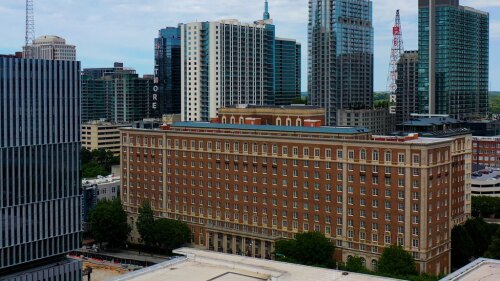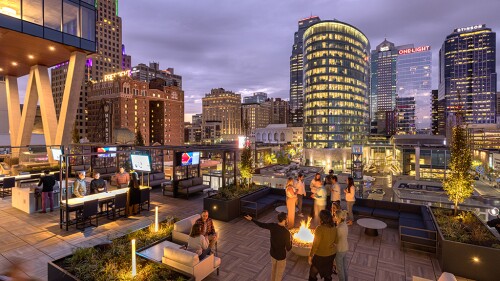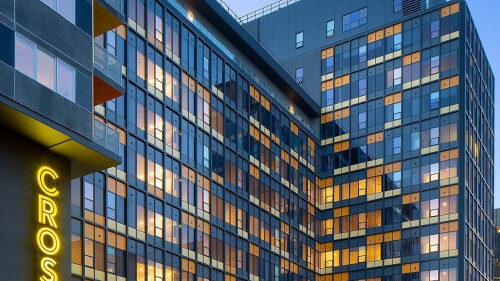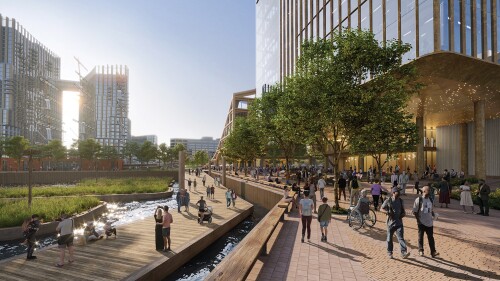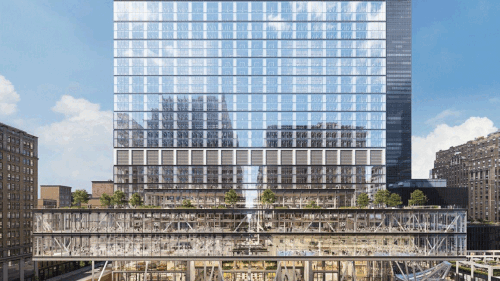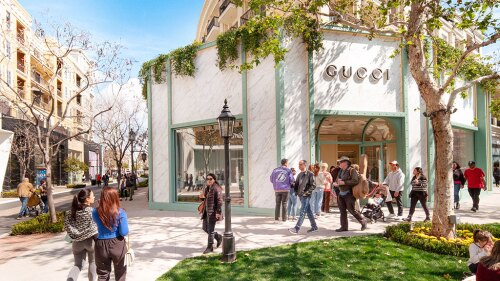Mixed Use and Multi-Use
Many mixed-use projects get the hardware right. They feature a thoughtful mix of uses, beautiful buildings, and name-brand tenants. Far fewer get the “software” right—the pedestrian flow, the plaza experience, the hospitality-level service, and all the subtle details that turn a mixed-use project into something more. These elements transform a development into a vibrant, urbanesque destination—one that delivers on the promise of being a true community gathering place.
In Midtown Atlanta, the Georgia Institute of Technology Foundation is turning the 100-year-old former Biltmore hotel into a mecca for incubating technology startup ventures.
Zed Smith is the chief operating officer for The Cordish Companies. In that capacity—now for almost a decade—Smith oversees all aspects of the company’s operating properties portfolio, which includes numerous high-profile entertainment, mixed-use, and sports-anchored developments located in urban communities nationwide. Many of those developments have been transformative, thanks to their economic and cultural impact.
Local governments are rolling out new and updated programs—including tax incentives and zoning amendments—to encourage developers to convert vacant office buildings to some other use.
More than a century ago, the Baltimore waterfront was a working harbor. After a massive 1970s redevelopment that turned the area into the centerpiece of Baltimore’s tourism industry, the American Institute of Architects called it “one of the supreme achievements of large-scale urban design and development in U.S. history.” Yet it became insolvent in 2019. Key lessons learned here can prevent this cycle from repeating as we envision what the next 100 years might hold for the center of Charm City.
Shenzhen’s Nantou Ancient City project represents a groundbreaking approach to revitalizing China’s historic urban villages in a way that preserves their cultural heritage and community fabric. After China’s government designated Shenzhen as a Special Economic Zone in 1980, the city’s more than 400 urban villages grew rapidly to provide informal housing for an influx of migrant workers. The result: high-density residential areas that maximized rental income but often compromised on fire safety and hygiene standards.
In the Belgian municipality of Edegem, just a 20-minute bike ride from Antwerp’s city center, a brownfield site that once stored camera film has become a biodiverse, sustainable mixed-use residential and commercial neighborhood.
Experts from Hines, JBG Smith, and Gensler anchored a McKinsey & Company panel, Reimagining mixed-use districts: strategies for new developments in an ever-changing world, at the 2024 ULI Fall Meeting last month. Panelists explored innovative ideas and case studies to illustrate how to make complex mixed-use projects work in today’s market.
One of New York City’s busiest corridors is set for one of its biggest transformations in years. The area around Manhattan’s Penn Station has long been considered a sore spot for the city, as top-tier retail stores moved to more flourishing areas and local buildings became outdated. But now, with a billion-dollar plan by a New York state agency underway to revitalize public transit infrastructure in and around Penn Station, there is serious momentum for the Midtown neighborhood, which has stalled in growth as surrounding neighborhoods have evolved.
As the recent cultural and real estate realignment called “The Great Mall Sorting” continues, A-plus malls are thriving, while the B and C properties are gradually being repurposed, reused, and completely rethought, according to architect Sean Slater, senior principal at the architectural firm RDC in San Diego.


